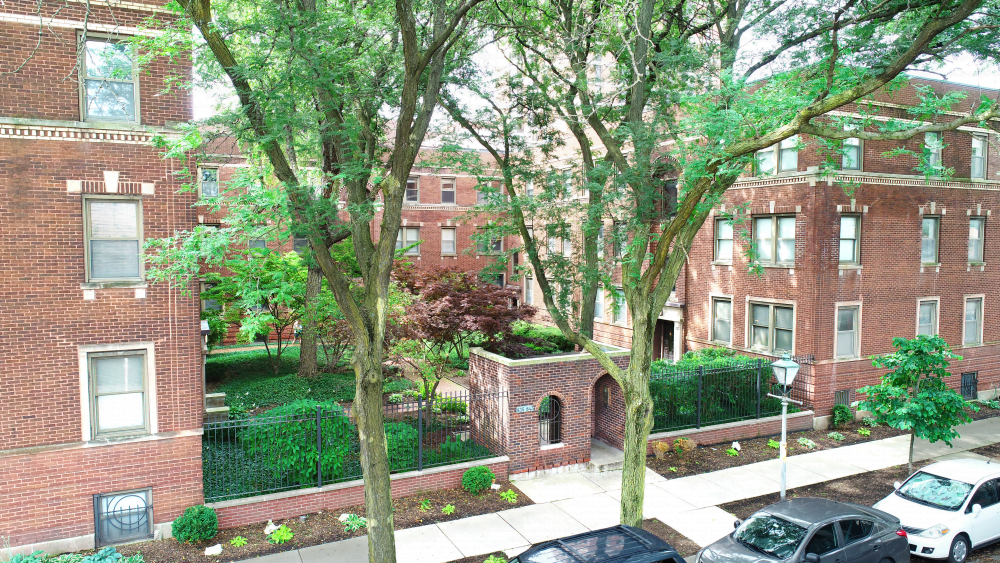09.05.19
Forbes: Four Things To Consider When Buying An Apartment Building

As a career broker of apartment buildings, I’ve noticed newer investors often getting hung up on wrong or less deal-breaking elements of an investment property — mainly because they do not yet have experience with apartments. Four main factors to consider when analyzing a property for investment are an analysis of the NOI, taxes, physical condition and location. These four criteria should determine whether or not the apartment investment works for you.
Analyze The Net Operating Income (NOI)
An apartment building is a good or bad investment based on how much money it makes versus how much you paid, including the cash you used. For a property being marketed, most brokers will put together an opinion of the income and expense and come up with an NOI. The reason I say “opinion” is that this rarely matches the owner’s actual statements. This isn’t a crack on brokers — appraisers use the same methodology to anticipate how the “average” owner will run the building. After all, no two owners’ NOIs will ever completely match. You must look at all the revenue and expenses for the way you plan to run the building.
For example, where will you set rents to maintain your occupancy threshold? Some investors like their buildings to always be 100% occupied and, in doing so, forfeit some rent, while other investors run their buildings at 90% occupancy to maximize rents. Do you plan to make improvements to the building, and if so, where will that move rents? What are other sources of revenue (anything from pet rent to move-in fees to parking)? Will you manage the building yourself or hire a third-party manager? Will you do minor repairs, or do you need a contractor to fix things? Who will paint the unit when a tenant moves out?
All these items affect either the revenue or expense, meaning the NOI. Only after determining the NOI based on how you will run the building can you evaluate that number as a return on your investment (otherwise known as a cap rate) to determine what you should pay for the building.
Property Taxes
Taxes are usually the biggest line item of expense and deserve to be talked about separately. Each city, county and state has a different methodology for calculating property taxes, many of which are based on the purchase price. Others are based on assessed valuations, which are calculated periodically. Still, others are entirely random, as ludicrous as that sounds (yes, I’m talking about my stomping ground, Cook County, Illinois). Whether you are a new or seasoned investor, always consult with a property tax professional, usually an attorney, who has local market knowledge about how taxes are calculated and how a sale affects them. A significant movement in property taxes can quickly erode all the upside you planned in the investment.
Physical Condition
You should not be as concerned with minor things a home inspector might identify such as the polarity of electrical outlets or whether or not there’s a small leak from a faucet. These types of items are all regular maintenance and repair to properties. Instead, you should look at the major systems of the building, such as roof, heating and cooling systems, electrical and plumbing, windows, exterior, etc. You can find local contractors who specialize in each category to look at each system and give you opinions during the due diligence period. This feedback will help you determine if a system is sufficient or needs short- or long-term attention.
If the items identified are normal or long-term repairs, make sure you have adequate expenses in your maintenance and repairs category to address needs. For short-term needs (meaning anything within five years), you will need to budget for them as one-time expenses, as well as for other major items you cannot anticipate. These are capital costs, not operating costs, so the full amount should not be included as an annually occurring expense in the NOI. Instead, a line item in operating expenses should be reserves, which is an estimate of all the major short-term needs of the building spread over time and budgeted on an annual basis. The easily anticipated costs are system replacements — boiler, roof, windows, electrical, plumbing, etc. You should estimate when you think systems will need to be replaced and their cost, and analyze their lifespan once installed. You can then estimate how much money you need to set aside for these items. Harder-to-anticipate issues are when a tenant wrecks the apartment unit and moves out in the middle of the night with all the appliances, and you have to renovate and replace everything.
Location
This seems obvious, right? After all, the primary driver of value in any real estate is location. But remember that for apartments, what makes a good location might be very different than other types of real estate investments, especially if your perspective is based on your personal residence. Always remember that you’re not the one living there.
Good locations for apartments are determined by access to transportation, proximity to major employment and convenience to daily shopping needs. Sometimes a location is more valuable if there aren’t many other apartment properties in the area or the municipality has put measures in place that reduce or eliminate the construction of new apartment buildings, and you happen to find an existing one available to buy.
Think about how much the rent is and why someone willing to pay that amount would like the location. If you cannot come up with three compelling reasons, you should probably pass on the location.
Let these factors help guide you as you consider getting started in apartment investing. Of all the commercial asset types, apartments generally have consistent and predictable returns as an asset class. It is also the simplest for a new commercial real estate investor to understand because everyone needs a place to live, and we all have some degree of experience with this ourselves. Good luck!
